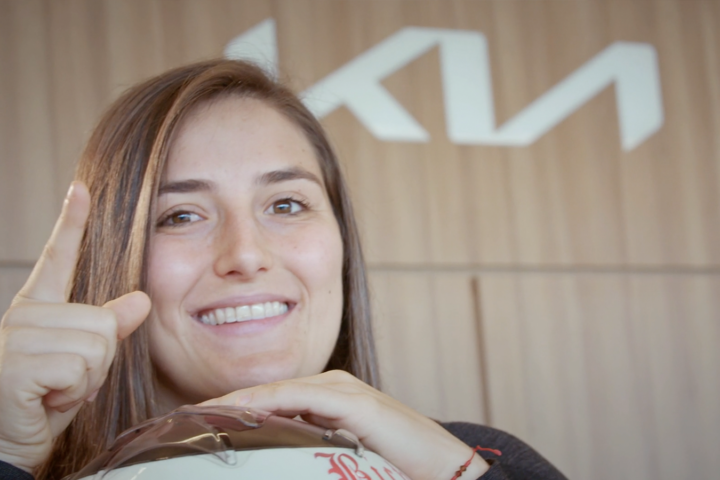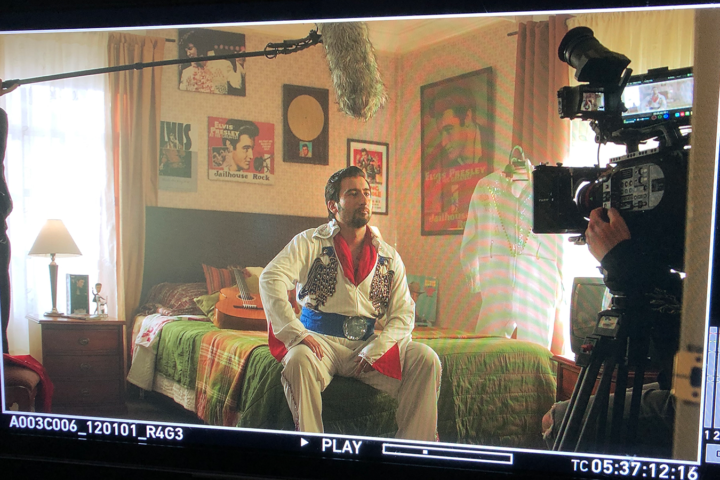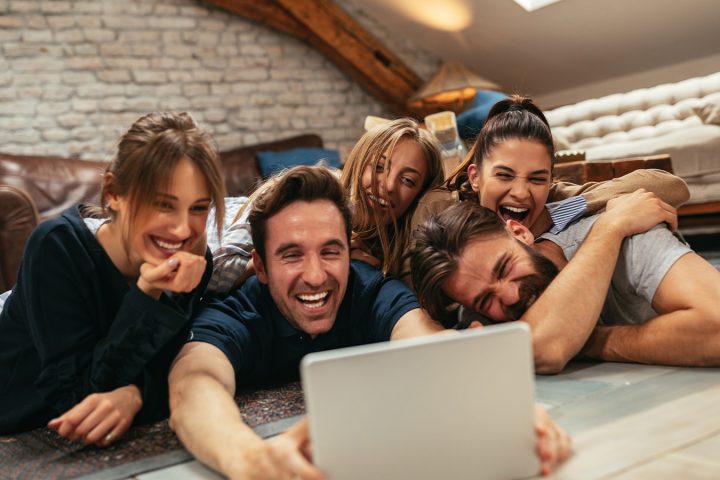The audiovisual production sector is developing various guides to safely conduct its recordings and proposes the possibility of a swift return to work.
With thermometers at the entrances of filming locations. With constant disinfection of costumes and facilities. With gloves and masks. With individualized use of headphones and makeup materials. With minimal teams in the studios and a new requirement for traceability for any objects used during filming. This is how the audiovisual industry is preparing for the return to shooting movies and television series. Without cinemas open, although platforms are offering audiovisual products to consumers like never before in history. The COVID-19 crisis “shows that Spaniards are indeed interested in national production, and that it also finds international support,” explains a producer, highlighting the usual Spanish contradiction of disregarding domestic cinema while praising national television series and the success of the fourth season of La Casa de Papel, released on Netflix on April 3, which, according to platform data, has started to be viewed by 65 million households (however, this figure does not explain how many viewers started it or how many finished it).
“Nothing would prevent filming in closed spaces; there is no express prohibition, as long as the labor risk prevention law and current recommendations from the Ministry of Health for working during the pandemic are followed.” This statement came from one of the speakers at a meeting held on Thursday, sponsored by the Secuoya Foundation, part of the eponymous audiovisual production group, where they presented a revised filming protocol audited by KPMG, based on the work of this company in Singapore, where filming was occurring in February (until they had issues due to a resurgence of the coronavirus). This is not the only plan that audiovisual companies are considering these days: advertising professionals have created their own plan, and the Spain Film Commission has a third, similar to Secuoya’s, inspired by the European protocol.
A film shoot is not an activity that can be carried out remotely. Yes, pre-production and post-production can be done online. Anyone who has been on a film set knows the high degree of improvisation and the enormous amount of physical contact involved. This will have to be minimized. For starters, the usual flow of paper orders will be done digitally, and there will be a document created by each production company that clarifies all the steps to be followed. Individuals attending a shoot must have undergone a certified medical test confirming that they neither suffer from nor can spread COVID-19. The protocol also outlines how transportation to the shoot is managed. The Spain Film Commission protocol adds: “Workers will provide a sworn declaration stating they have remained in isolation from the date of the test until their arrival.” Both protocols emphasize the daily temperature check for anyone accessing the shoot.
There are many more steps. Not only is a safe working environment created, but hygiene is preserved in every process. In the virtual meeting organized by Secuoya, which, according to its director, Raúl Berdonés, has attracted up to 2,500 viewers, the type of masks each crew member will use depending on their role has been explained. Regarding the possibility of creating a “Noah’s Ark” with the crew in a hotel or apartments, the response left little doubt: while it might be possible to keep the actors in such an environment, it would be exceedingly complex to confine all members of the production team (and, it’s obvious, quite expensive). “Throughout the workday, the crew must not remove their gloves and masks unless strictly necessary […]. The artistic team will only remove their gloves and masks just before stepping in front of the camera, provided the safety distance of approximately two meters is maintained,” states the Spain Film Commission protocol, whose president, Carlos Rosado, also participated in the meeting. Other details regarding filming warn that “all makeup, hairstyling, and wardrobe products and materials will be for single use,” there will be disinfected areas for delivering PPE, and devices like walkie-talkies, tablets, phones, or headphones will be strictly for individual use. The same goes for food, which will be served in individual boxes using airtight vegetable fiber containers.
At this time, according to the Spain Film Commission, “the administrative deadlines for filming authorizations in public spaces are suspended as a basic measure to avoid gatherings.” However, there is an exception for “those considered minor and of informative interest.” Yet, according to three experts consulted by EL PAÍS, nothing prevents, for example, the filming of a series in a closed studio. Or remotely, as is being done in the production of Diarios de la Cuarentena, a production by Morena Films for TVE. At Secuoya—where Netflix conducts its activities—they expect to return to work imminently. The filming of Sky Rojo, the new series by Álex Pina, creator of La Casa de Papel, was halted there. And there awaits the fifth season of Netflix’s flagship series—which, by the way, announced it gained 16 million users last quarter, reaching 183 million subscribers worldwide. The pre-production of La Casa de Papel was supposed to begin at the end of March or early April, and filming was scheduled for mid-May. Will the Professor be able to get his accomplices out of the Bank of Spain? Not even in his wildest plans did he foresee that a pandemic would impede him.
Taken from the newspaper El País, Spain
April 23, 2020






